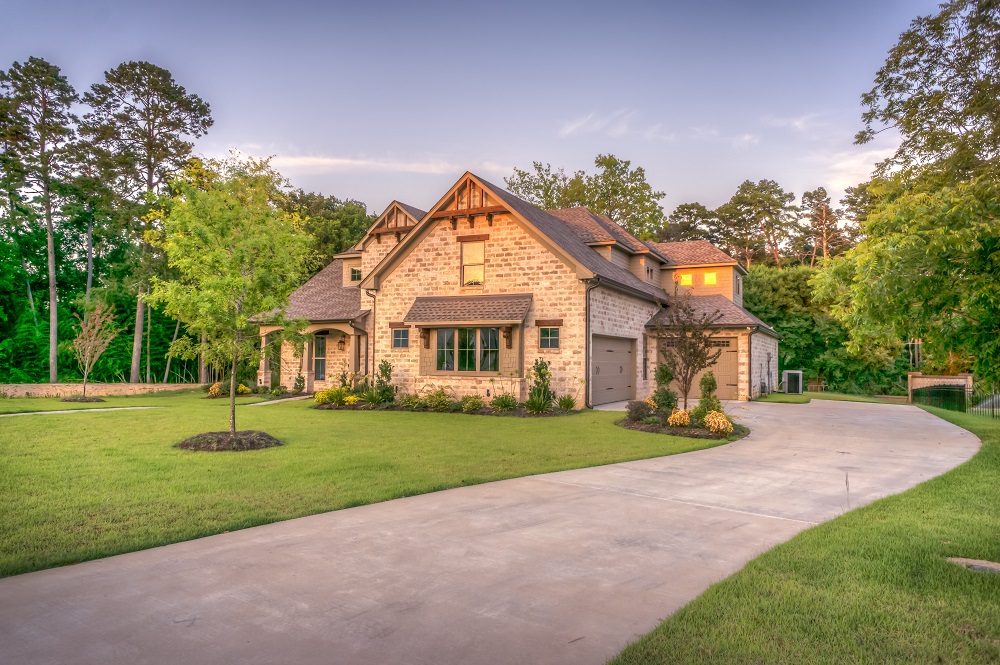
Interest rates have a profound and direct impact on the real estate market, primarily influencing affordability, buyer demand, and overall market activity. Here's a breakdown of the key effects:
**1. Affordability for Buyers (The Most Direct Impact):**
* **Higher Interest Rates = Lower Affordability:**
* When interest rates rise, the cost of borrowing money to buy a home increases.
* This means that for a given loan amount and term, the monthly mortgage payment will be higher.
* Consequently, buyers can afford to purchase less expensive homes, or they may need to save more for a down payment or qualify for higher income levels.
* This directly dampens demand, especially among first-time buyers and those with tighter budgets.
* **Lower Interest Rates = Higher Affordability:**
* When interest rates fall, borrowing becomes cheaper.
* Monthly mortgage payments decrease for the same loan amount.
* Buyers can afford more expensive homes, stimulating demand across various price points.
* Lower rates make homeownership seem more attainable, encouraging potential buyers to enter the market.
**2. Buyer Demand and Market Activity:**
* **Higher Rates -> Reduced Demand -> Slower Market:**
* As affordability decreases, fewer buyers are willing or able to make offers.
* This reduction in demand can lead to longer listing times (days on market).
* Sellers may face more pressure to lower their prices to attract buyers.
* The market can shift from a "seller's market" (favoring sellers with high demand and low inventory) to a "buyer's market" (favoring buyers with more negotiation power and higher inventory).
* **Lower Rates -> Increased Demand -> Faster Market:**
* Increased affordability attracts more buyers into the market.
* Higher demand, especially when inventory is low, can lead to multiple offers, bidding wars, and faster sales.
* Sellers gain more leverage, potentially allowing them to achieve higher sale prices.
**3. Home Prices:**
* **Indirect Relationship:** Interest rates don't directly set home prices, but they heavily influence the *willingness* and *ability* of buyers to pay certain prices.
* **Higher Rates -> Price Moderation/Decline Pressure:**
* While sellers might initially resist lowering prices, persistent low demand forced by high rates can eventually lead to price stabilization or even modest declines, especially in less desirable locations or for overpriced properties.
* However, if inventory is extremely low, prices might still rise, just at a slower pace than during periods of low rates.
* **Lower Rates -> Price Appreciation Pressure:**
* High demand fueled by low rates can drive up home prices, even if inventory isn't increasing. Buyers compete for available properties, pushing prices higher.
**4. Impact on Sellers:**
* **Higher Rates:** Sellers may need to offer more incentives (covering closing costs, appliance packages) or price their homes more competitively to attract buyers facing higher financing costs. Time on the market may increase.
* **Lower Rates:** Sellers generally have an easier time selling their homes quickly and may receive higher offers due to strong buyer demand.
**5. Impact on Homeowners (Refinancing and Equity):**
* **Lower Rates:** Create opportunities for existing homeowners to refinance their mortgages, potentially lowering their monthly payments, reducing their overall interest paid, or shortening their loan term. This frees up cash flow or builds equity faster.
* **Higher Rates:** Discourage refinancing activity. Homeowners locked into lower rates may see the value of their existing mortgage improve relative to new borrowing costs, increasing their home equity and potential borrowing power via home equity loans or lines of credit (HELOCs), though new HELOC rates will also be higher.
**6. Impact on Investors and Builders:**
* **Higher Rates:** Increase the cost of capital for investors (making rental property less profitable unless rents rise significantly) and for builders (increasing construction loan costs). This can dampen investment activity and new housing construction.
* **Lower Rates:** Reduce borrowing costs, making real estate investments more attractive and lowering the cost for builders, potentially stimulating new development.
**In Summary:**
Interest rates act as a major lever influencing the real estate market. Lower rates generally stimulate activity, increase affordability, and support rising prices, while higher rates tend to cool the market, reduce affordability, and put downward pressure on prices and activity. They are a key factor that both buyers and sellers must consider when making decisions in the housing market.
